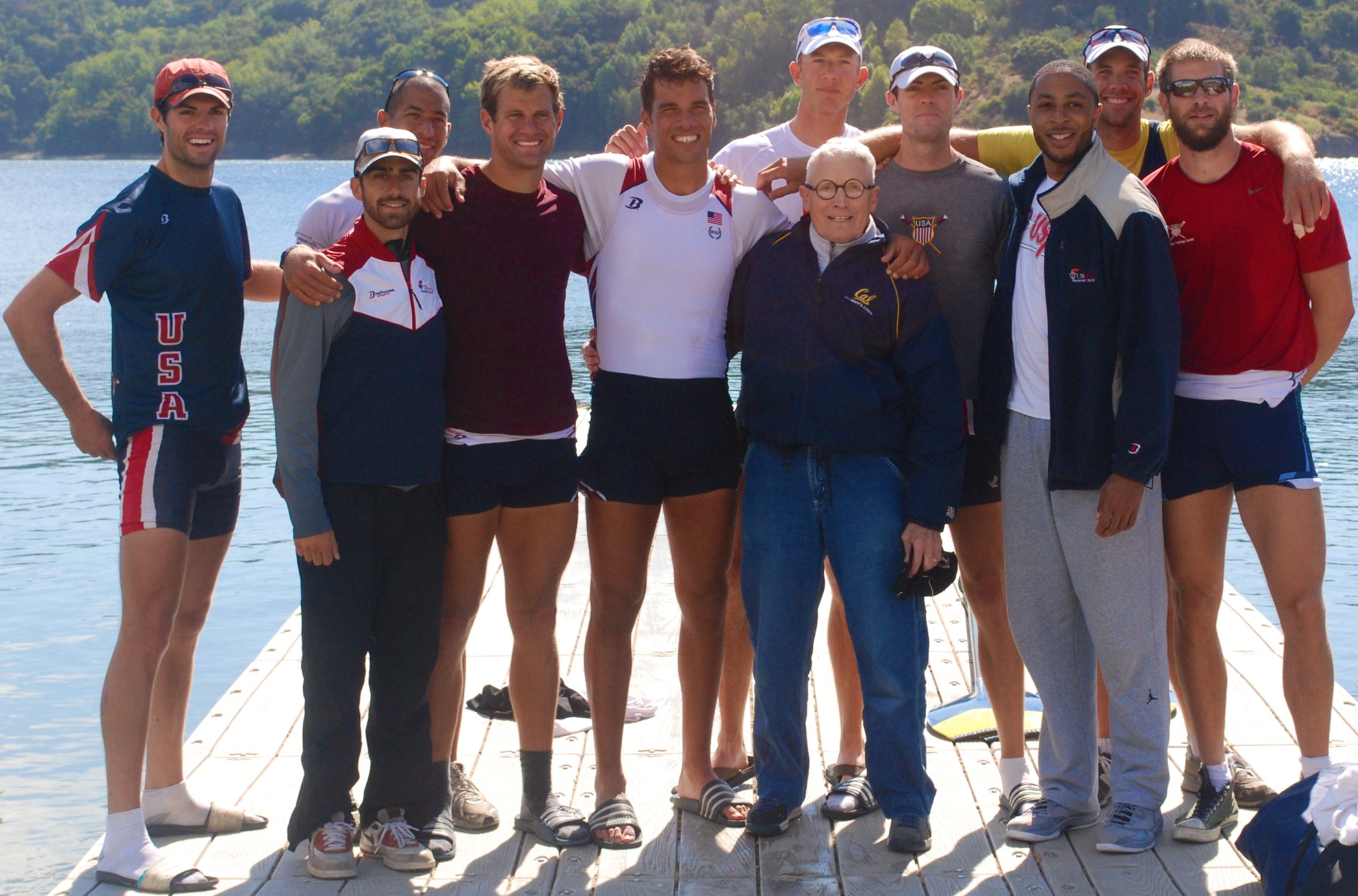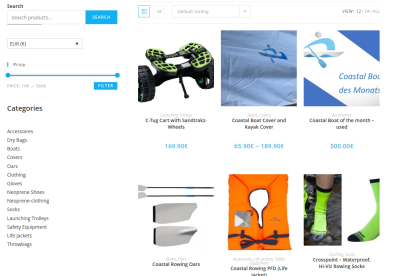

I profiled a few key points that stood out to me, and that help to define my program, but please take the time to read the article for yourself. There is a treasure trove of information in these 8 pages. It took me about a year of research to learn all of this on my own. You will be saving yourself a lot of time by diving into this piece of work.
1) Use the 10% rule
“Overload the physiological systems, but don’t concentrate this overload; follow the 10% rule when starting a training program, meaning an increase of no more than 10% per week in training frequency, duration, and intensity. As training progresses, then the weekly increase can be reduced to as low as 5%”(Hagerman 1).
2) Don’t forget about recovery
“Rest and recovery are vital ingredients in the best training recipe; a failure to plan for these can produce disastrous results, including peaking at the wrong time, overtraining, or chronic fatigue. Remember, undertraining is usually never a problem for the motivated rower. If you are unusually tired, injured, or sick, then taking a day or two off should not be considered a serious training set-back”(Hagerman 1).
3) Plan ahead
“It is well known that the timing of increasing or decreasing intensity determines whether an athlete “peaks” at the desired time or not. In addition, if intensity is increased at too high a rate it can lead to overtraining, injury, and fatigue” (Hagerman 2).
4) Emphasize quality over quantity
“Do not interpret the value of aerobic training in only quantitative terms. Every workout, even of a low intensity, must always stress quality” (Hagerman 6).
5) Avoid 30+ minute pieces
“We have convincing data, including muscle biopsy histochemical and biochemical indicators, which support that rowing continuously at a low steady state intensity for 60 minutes or longer for any caliber of rower, is not more effective in maintaining aerobic capacity than 30 minutes of rowing at the same work intensity. Furthermore, performing 2 intermittent 30 minute exercise bouts of relatively high aerobic work intensity…is a much stronger aerobic training stimulus than lower intensity continuous rowing. Intermittent high intensity work not only proved significantly more effective than either 30 or 60 minutes of rowing in the improvement of aerobic capacity, but it was also more neuromuscularly task specific” (Hagerman 7).





